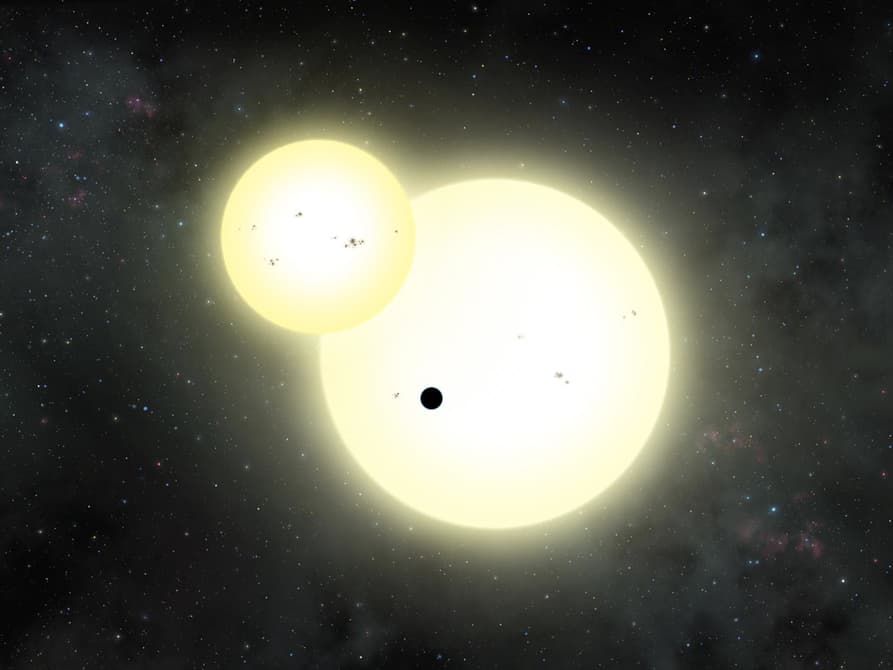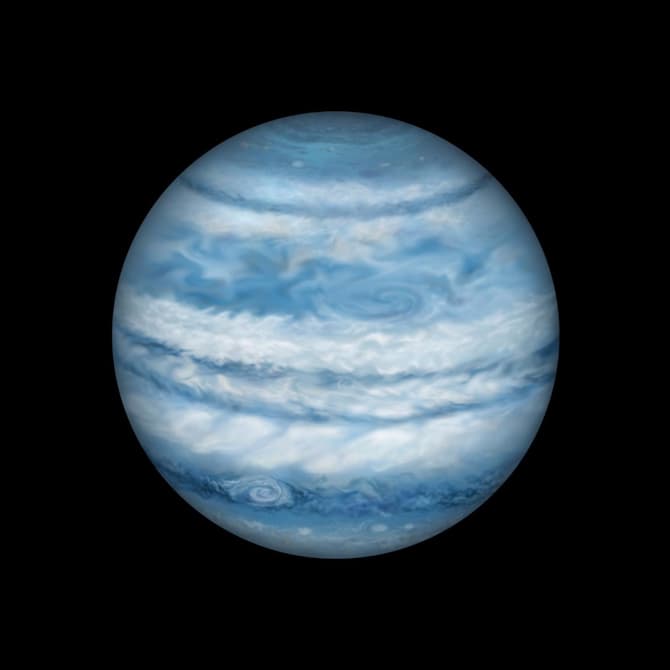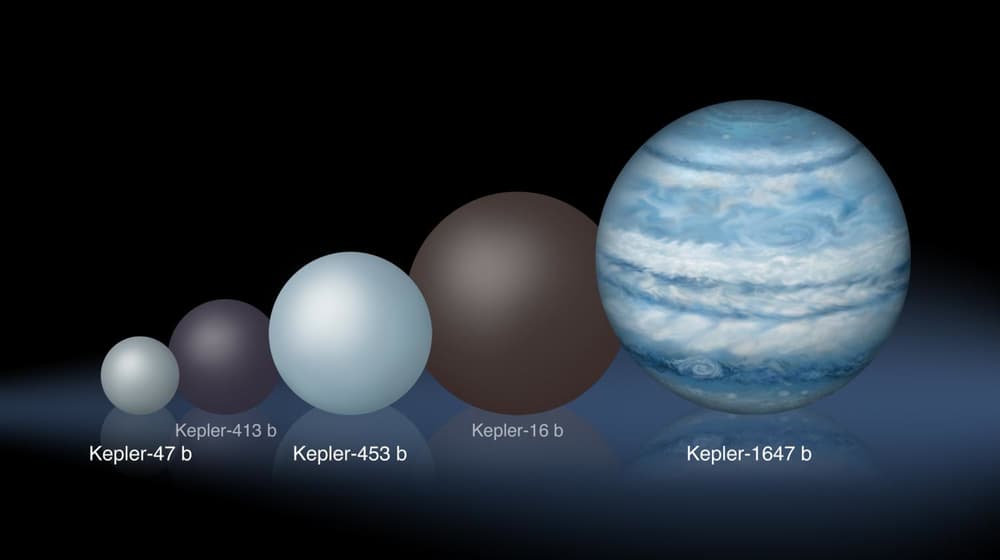
Planets orbiting binary stars has always been difficult to detect. Despite decades of assumptions about the existence of such worlds, we could not detect any evidence of this until 2011. Since then the finding of unusual planets with unusual orbits have turned to scientists on a real Safari. Recently space Agency NASA confirmed the information about the opening of another such world. But this time we are talking about the largest planet orbiting a binary star called Kepler-1647b. It is located about 3700 light years from us.
Scientists have found that exoplanets space telescope “Kepler”, which showed the difference in brightness of the star when the planet passed by. It was very time consuming, considering the amount of information researchers had to perform and what additional monitoring to take place after this. But the unusual orbit of the planet only added to the difficulties of her search.
“The search for planets orbiting double stars, much more difficult than finding planets around factors more familiar to us single stars,” says astronomer of the State University of San Diego and one of the authors of the published work of William Welch.
“The transit of such planets irregular in time and space, and could greatly change both in time and in depth.
Lawrence Doyle, another study co-author and astronomer at the SETI Institute, first discovered the transit of what later turned out exoplanet Kepler-1647b, through the use of a space telescope “Kepler” in 2011. After that it took several years and several crowdsourcing research and observation by a group of Amateur astronomers calling itself the KELT Follow-Up Network, before NASA did manage to confirm the existence of the planet.

The artistic representation of the exoplanet Kepler-1647b
The age of Kepler-1647b is estimated at about 4.4 billion years. Its mass and radius are virtually identical to those of Jupiter, but the planet rotates around two stars similar in size to our Sun, only one of them is a little bigger, and the other a little smaller. In addition, as well as Jupiter, discovered this exoplanet is a gas giant, and so is unlikely to be home to some life. However, it is located in the habitable zone of a double star, and scientists say if the planet has large moons, it is likely that life can exist on them.

The size of the planet Kepler-1647b in comparison with the usual size of other exoplanets binary systems
Since it began its work in March 2009, the space telescope “Kepler” has found more than 2,300 exoplanets. The total number found and confirmed exoplanets to date is 3200. It should be noted that the latest find has the largest orbital period among all the extrasolar planets discovered by “Kepler”. He is 1107 days. A team of researchers says it did the most difficult detection of a gas giant even of this size. Furthermore, the planet rotates the most distant of the previously detected orbits around binary stars.
“If you discard the question of habitability, the discovery of the exoplanet Kepler-1647b it is important that this gas giant is theoretically predicts huge population of planets binary systems of stars with a large multiple of the orbit,” says Welch.
Telescope “Kepler” discovered the largest exoplanet in binary star system
Nikolai Khizhnyak
